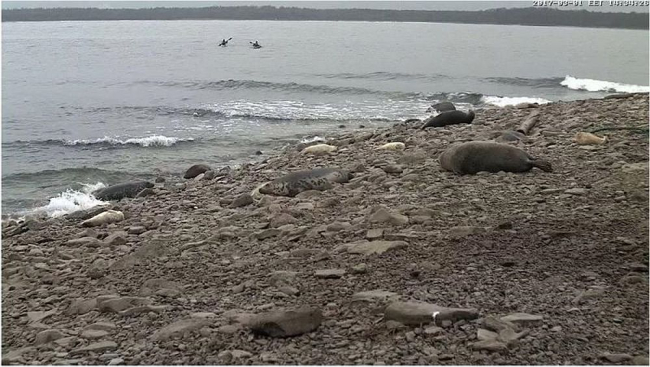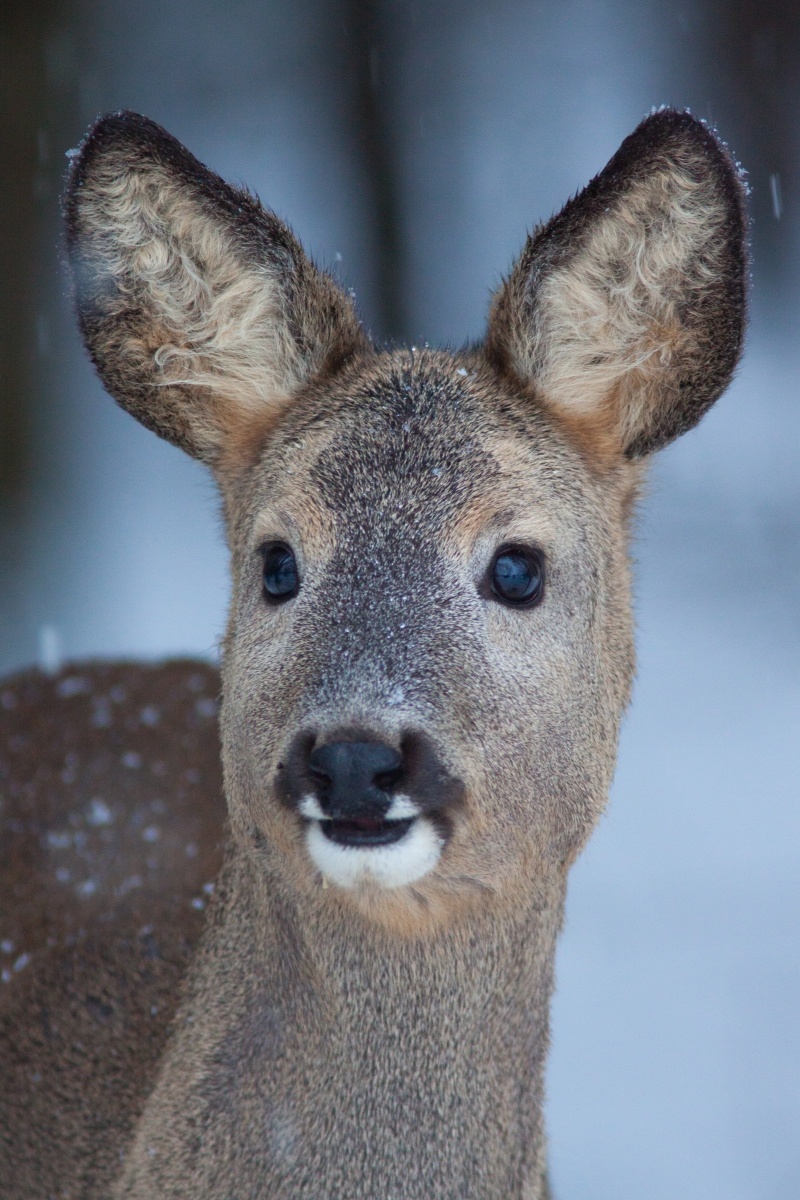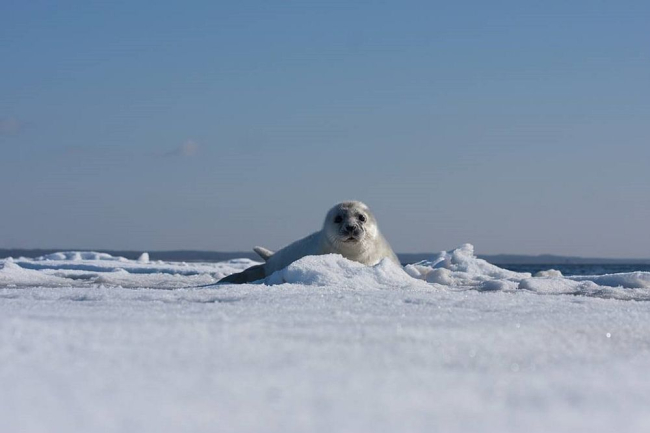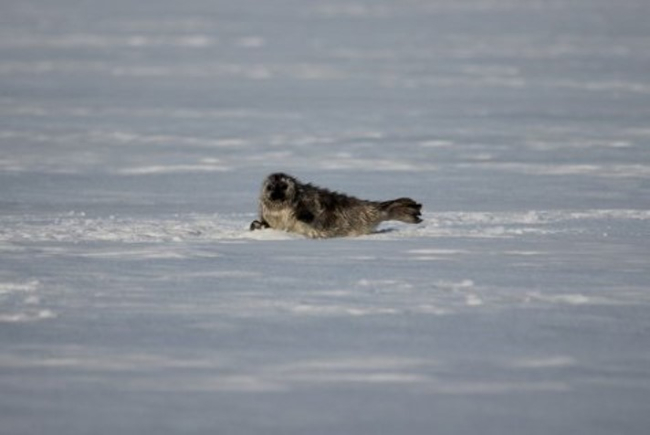Roe deer and traffic in Estonia
Among the large game animals the roe deer is the most frequent victim in traffic in Estonia. Car drivers should be particularly attentive in the Tiskre area and around the Jägala river bridge where a road with dense traffic and a traditional roe deer path coincide.
Photo: Tarmo Mikussaar
Although Estonia has more nature and a smaller population density in comparison to other European countries people still will not keep in one place but move around. Neither do the wild animals stay in one place but wander around, among them the roe deer, among the most numerous in Estonia. They move between summer and winter areas, in search of food, in the heat period, and on widening their habitats as well as on becoming independent. So the paths of roe deer and humans cross quite often and when a human with a motor vehicle and a roe deer on foot meet it is clear that due to the different speeds someone will obviously be hurt.







